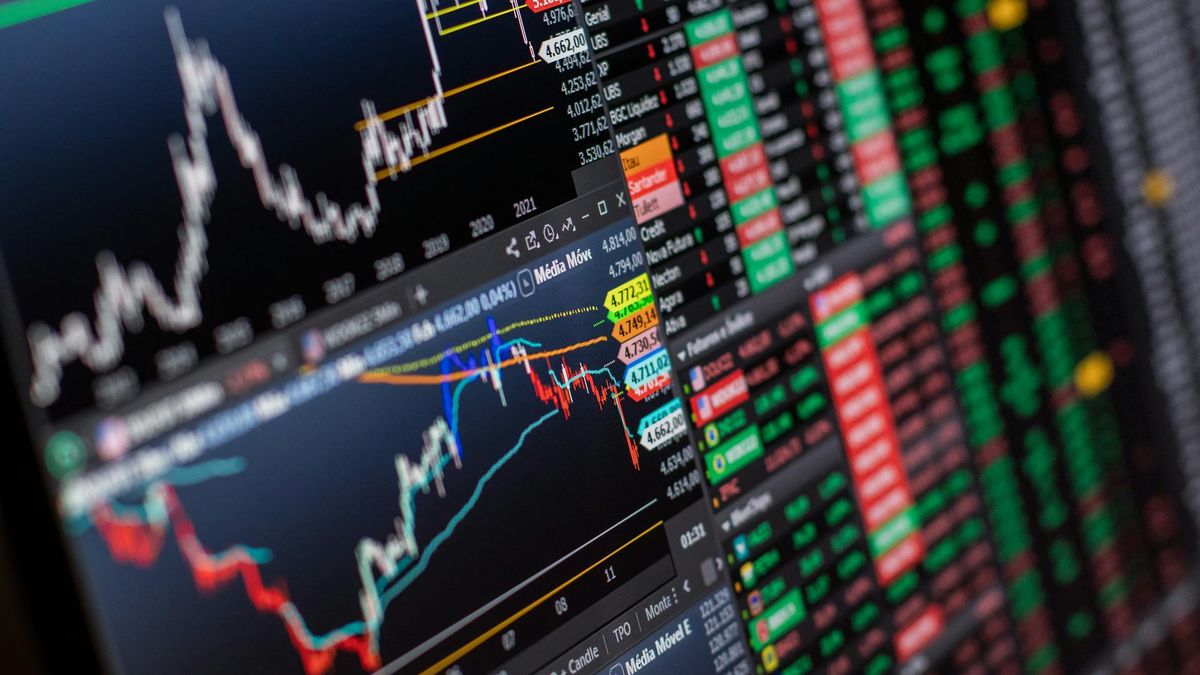The drop was also widespread, with prices falling on a monthly basis in 15 of 18 categories of goods. Groceries were a notable exception, but the pace of growth slowed from previous months.
Aggressive discounts during the start of the holiday shopping season fueled the decline, but also lowered prices for “non-promotional” items such as personal care products.
US buyers spent a total of $35.27 billion during the Cyberweek, the period between Thanksgiving and Cyber Monday. This is a modest 4% increase from last year, at a time when US inflation is above 7%.
Adobe’s index, which uses methods developed in part by the incoming president of the Chicago Federal Reserve, austan goolsbee, it hinted at the next inflationary crisis when it began to rise in mid-2020. Until then, prices for online services had been a drag on headline inflation for years.
The latest downward turn may be affirming what Federal Reserve officials expect to be a new trend toward disinflation as commodity prices stop rising or even decline.
The Fed will receive new inflation data next week when the November Consumer Price Index is released on December 13, the same day its policy meeting begins.
Source: Ambito
David William is a talented author who has made a name for himself in the world of writing. He is a professional author who writes on a wide range of topics, from general interest to opinion news. David is currently working as a writer at 24 hours worlds where he brings his unique perspective and in-depth research to his articles, making them both informative and engaging.




